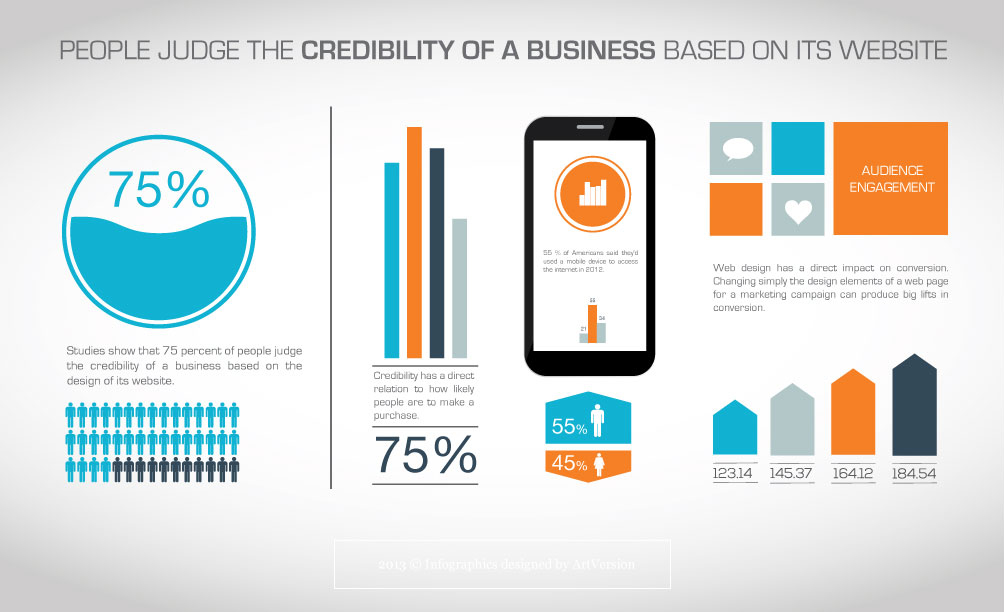The Growth Of Web Design: After That And Now
The Growth Of Web Design: After That And Now
Blog Article
Short Article By-Bradshaw Hejlesen
In the past, internet sites were straightforward and concentrated on info. Navigation was straight, and design was for desktops. Currently, individual experience is essential. Data overviews layouts for very easy navigation. Receptive designs fit different gadgets. Today, dark mode minimizes stress, and minimal menus enhance navigating. ada website accessibility requirements engage customers, and vibrant visuals stick out. AI assimilation boosts engagement. See just how design has developed to enhance your on-line journey.
Early Days of Web Design
In the very early days of web design, simpleness reigned supreme. Websites were standard, with restricted colors, fonts, and layouts. The emphasis was on supplying information as opposed to flashy visuals. Customers accessed the web via slow dial-up links, so rate and performance were key.
Navigating food selections were straightforward, typically located at the top or side of the page. Web sites were developed for desktop computers, as mobile browsing wasn't yet prevalent. Material was king, and developers prioritized very easy readability over complicated design aspects.
HTML was the key coding language used, and designers had to function within its restrictions. Computer animations and interactive functions were marginal contrasted to today's standards. Internet sites were static, with little vibrant material or personalized individual experiences.
Increase of User-Focused Layout
With the evolution of web site style, a shift towards user-focused style principles has actually ended up being significantly noticeable. Today, producing internet sites that prioritize user experience is important for involving visitors and accomplishing business goals. search engine optimization service provider company -focused design entails understanding the requirements, preferences, and actions of your target market to customize the internet site's design, web content, and features as necessary.
Designers now perform detailed research, such as customer surveys and use screening, to collect insights and comments straight from customers. This data-driven strategy assists in producing instinctive navigating, clear calls-to-action, and visually appealing user interfaces that resonate with visitors. By putting the customer at the center of the style procedure, web sites can provide a much more personalized and pleasurable experience.
https://thewisemarketer.com/loyalty-strategy/the-art-of-digital-marketing-on-linkedin/ has actually additionally become an essential facet of user-focused design, making sure that internet sites are maximized for various devices and display sizes. This flexibility improves access and use, satisfying the diverse ways customers connect with web sites today. Essentially, the increase of user-focused design indicates a change towards producing digital experiences that prioritize the requirements and assumptions of the end customer.
Modern Trends in Web Design
Explore the most up to date patterns shaping website design today. One noticeable pattern is dark mode style, offering a sleek and contemporary appearance while decreasing eye stress in low-light atmospheres. One more essential fad is minimal navigation, simplifying menus and enhancing user experience by concentrating on essential elements. Integrating https://brookslfzuo.blogitright.com/26666928/free-internet-site-hosting-recognizing-the-catches-and-trade-offs -interactions, such as computer animated switches or scrolling impacts, can develop a more appealing and interactive site. Responsive design stays vital, making sure seamless user experiences across different gadgets. In addition, using bold typography and unbalanced layouts can add aesthetic passion and accentuate specific material.
Incorporating AI technology, like chatbots for customer support or customized recommendations, boosts customer interaction and enhances procedures. Accessibility has likewise come to be a substantial fad, with developers prioritizing comprehensive style practices to accommodate varied user requirements. Welcoming sustainability by optimizing site efficiency for rate and performance is one more arising fad in web design. Collaborating with user comments and data analytics to iterate and improve layout constantly is necessary for staying relevant in the ever-evolving electronic landscape. By welcoming these modern-day patterns, you can create a visually enticing, easy to use site that reverberates with your target market.
Conclusion
As you reflect on the advancement of web site layout from the early days to now, you can see just how user-focused design has become the driving force behind contemporary patterns.
Accept the trip of adjustment and adjustment in website design, always keeping the customer experience at the center.
Remain present with the most up to date trends and technologies, and never ever quit progressing your approach to develop aesthetically stunning and user-friendly sites.
Advance, adapt, and produce - the future of website design remains in your hands.
